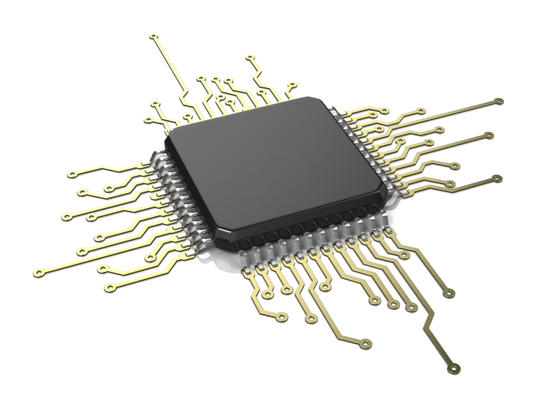Beijing is turning up the pressure on Chinese companies to steer clear of Nvidia’s (NASDAQ:NVDA) H20 processors for any government or national security-related projects a move that could complicate the Trump administration’s recent decision to allow sales of these lower-end AI chips to China in exchange for a 15% revenue cut to the US government. While there’s no outright ban, people familiar with the matter say the guidance has been particularly strong for state-owned enterprises and firms working on sensitive contracts. Shares of local chipmakers like Cambricon Technologies reacted sharply, jumping to their daily limit, as investors bet that Beijing’s stance could accelerate adoption of domestic semiconductors.
The strategy appears aimed at two objectives: tightening security and bolstering China’s homegrown chip industry. Regulators have been asking companies to explain why they’re still buying H20s over domestic alternatives and whether those purchases are justified. State media has amplified concerns over the H20’s reliability allegations Nvidia has publicly denied. For now, the most stringent guidance is confined to high-security use cases, echoing earlier limits on Tesla (NASDAQ:TSLA) vehicles and Apple (AAPL) iPhones in certain facilities, but discussions are underway that could broaden restrictions. Industry analysts note that while domestic AI chips are improving fast, they may not yet match the H20’s versatility for some workloads, leaving a potential gap in China’s supply chain if restrictions tighten.
The H20 was purpose-built for China to comply with years of US export controls, sacrificing peak compute power but offering strong memory bandwidth for AI inference a sweet spot for companies like Alibaba and Tencent. Some US officials argue that continued sales could keep China dependent on less-advanced US technology, slowing Huawei’s rise, while others warn it could end up strengthening China’s AI ecosystem. With Beijing signaling a long-term push toward self-sufficiency, the real question is whether this guidance stays targeted or evolves into a broader policy that reshapes the competitive balance between US and Chinese chipmakers.
This article first appeared on GuruFocus.

